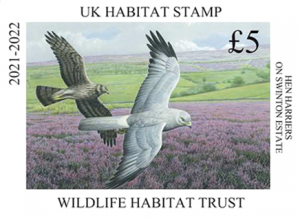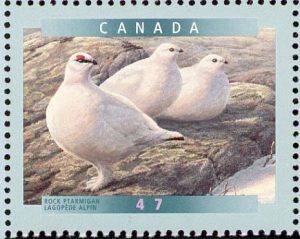In May 2022, Stamperija issued for the Niger postal authority a sheetlet of four stamps which features Endangered Birds.

The sheetlet depicts the following birds: Top-left: Giant Ibis (Thaumatibis gigantea) from the family of Ibises and Spoonbills (Threskiornithidae) which has “Critically Endangered” status; Top-right: Mauritius Kestrel (Falco punctatus) from the family of Falcons (Falconidae) which has “Endangered” status; Bottom-left: Golden-cheeked Warbler (Setophaga chrysoparia) from the family of New World Warblers (Parulida) which has “Endangered” status; and Bottom-right: Negros Bleeding-heart (Gallicolumba keayi) from the family of Pigeons and Doves (Columbidae) which has “Critically Endangered” status.
The two top row birds have previously appeared on stamps: the Giant Ibis, about five times; and the Mauritius Kestrel, about 10 times. The most recent issue of the Mauritius Kestrel was by Mauritius Post, as reported in a previous blog article.




